Ask Me Anything: Vinyl Flooring Care, Healthy 5-Min Bread, Stubborn Water Spots
Today’s the day I reach into my virtual mailbag and pull out some of your questions. This can be challenging! Still, I want you to feel free to ask me anything!
Here is a quick summary of the questions I’ll answer in today’s post. You can click on one to go straight to it or just scroll down to read all.
Contents
- Is it OK to use rubber-backed mats on luxury vinyl?
- Are there any healthy recipes for 5-Minute Artisan bread?
- Help! Super stubborn watermarks on my outdoor windows
If you’ve ever dealt with vinyl flooring—especially in an older home where the flooring has not been well-cared for—you know the heartbreak of trying to clean it. The problem is tiny grooves and crevices, especially along the baseboards and thresholds where stubborn dirt has built up over time and is now holding on for dear life.
But, truth be told, vinyl flooring is still alive and well—highly improved and quite lovely.
If you have new vinyl, old vinyl, grimy vinyl, or shiny vinyl, it’s good to know how to care for it—what to do and what not to do, which leads us into today’s first reader question.
Vinyl Floor Care
I just installed new vinyl flooring in my home. Is it ok to use rubber-backed mats and rugs? What is the best way to care for it? Sherry
Dear Sherry: Congratulations! I’ll bet your new luxury vinyl flooring is as gorgeous as it is practical. And affordable, too. Vinyl flooring has come a long way. But the problem remains that petroleum-based products like rubber can, over time, permanently stain vinyl.
Vinyl planks have chemicals in them. Most doormats and all kinds of floor mats with non-slip backing in the market contain rubber that can react with the chemicals found in vinyl planks causing the vinyl to appear stained.
That stain will be an ugly shade of yellow on light color vinyl. On darker vinyl and over time, the stain may give a dark, shadowy appearance on
To prevent discoloration, look for those made of or backed with PVC or polypropylene, which will not damage vinyl. Sierra Concepts offers an impressive line of PVC floor mats, some of which are safe for vinyl flooring. Here is one example:
You could apply lines of silicone caulk (not latex or rubber) to the back of a traditional bath mat with no rubber or latex backing to create a non-skid surface.
Another idea would be to use bath mats with no rubber backing over thick felt rug pads. As long as the pad is heavy and slightly smaller than the rug itself, it should stay in place and provide a luxurious cushion for your feet and protection for your floor.
As for the care and cleaning of vinyl flooring, here are some guidelines:
Preventing dirt and damage
Try minimizing dirt, stains, and abrasions before they occur. Dirt and dust, over time, can wear down and degrade the finish on any type of flooring, including vinyl tile or laminate. That’s why it is is always a good idea to locate a good-quality doormat or area rug in front of doorways so that grit and grime stop there and are not tracked into the house.
Never drag or furniture across vinyl flooring, and always use vinyl coasters under the feet and legs of your furniture to safeguard against permanent indentations.
Cleaning vinyl flooring
Vacuum and mop the floor with plain water to remove surface dirt, dust, hair, and product build-up in a bathroom. For weekly cleaning and disinfecting of vinyl flooring, use diluted plain white vinegar. The acidity helps removes dirt and grime without leaving a build-up of soap or wax.
To Use: Mix one cup vinegar with one-gallon hot water—a weak vinegar dilution. Use a damp mop to clean, rinsing the mop frequently with hot water. If the floor is filthy, add a few drops of Blue Dawn liquid dishwashing soap to the mixture before mopping. Then mop once with the soap mixture, a second time with the weak vinegar as above to rinse.
Super dirty, stained vinyl
This can be a problem, especially in older homes where dirt and grime have been allowed to build up over time; at doorways and along baseboards. The solution: Bar Keepers Friend cleanser.
The folks at BKF have confirmed that Bar Keepers Friend is excellent for deep-cleaning vinyl. Work in a small area, wetting the floor and sprinkling BKF as you go, scrubbing and cleaning as necessary to remove ground-in dirt, and making sure to rinse very well, before moving to another area.
What not to do
Keep these “Do Nots” in mind as you care for your new vinyl floor.
- Do not use a “beater bar” attachment (or switch that rolling brush off if it is built into the vacuum) when vacuuming vinyl. This can damage the flooring surface.
- Never use highly-abrasive scrubbers or steel wool.
- Do not use detergents, abrasive cleaners, or “mop and shine” products because these can leave a dull film on the floor.
- Do not use paste wax or solvent-based polishes.
- Do not use ammonia or ammonia-based cleaning solutions on vinyl flooring; these can break down the material and cause cracks in the flooring.
MORE: DIY Floor Cleaners for Wood, Laminate, Luxury Vinyl, Tile, Swiffer Refill
Healthy Artisan Bread Recipes
Love, love, love all the advice and the warm and caring relationship you have with your readers. Any 5-Minute Artisan Bread recipes that use 100% whole wheat (or whole wheat with oats), please? Cristina
Dear Cristina: Yes! Jeff Hertzberg M.D. and
This
Your kind words mean the world to me. Here’s sending love, love, love right back to you!
Stubborn Water Spots
I’m an avid reader of your column but never thought I’d need your help. However, I let the lawn sprinkler spray all over my large picture window this summer. I thought nothing of it and just expected to be able to clean off the water spots when I got around to it.
First, I tried my regular window cleaning solution of household ammonia in warm water using a squeegee to dry. That didn’t work at all. The water spots were still all over my window. Next, I tried an aerosol spray glass cleaner with ammonia, which also did not clean off the water spots. Help! It is a south-facing window so I suppose the sun just baked those water spots on good, but there must be some way to get them off. Thanks for your help. LaVonne
Dear LaVonne: Have you tried plain white vinegar, straight up? I’d do that first, as vinegar is potent in removing calcium and mineral build-up. This would be the most straightforward option, so it makes sense to try that first.
If those spots remain, you likely have “silica stains.” Silica, which is found in all natural water in varying degrees, has bonded with the glass in your windows, causing them to appear etched. The good news is that you may be able to remove these silica stains yourself and bring your windows back to their original clean and sparkly condition, provided they have not become permanently damaged. Are you up for the challenge?
Instead, look at a non-toxic, biodegradable product with no acids, no bleach, and no chlorides, which does the same thing as more caustic options on glass and other surfaces.
AMAZ Water Stain Remover is, well … amazing! I’ve witnessed it remove tough silica stains with great success. It comes with a scrubber, so be sure to use it as you follow the label instructions.
I got a message from a reader not long ago who reported that he finally successfully removed 5-years worth of hard water stains on shower doors with AMAZ, and now the doors look brand new.
We’d love to know how things go, and which method solved your problem.
Everyday Cheapskate participates in the Amazon Services LLC Associates Program, an affiliate advertising program designed to provide a means for us to earn from qualifying purchases at no cost to you.
More from Everyday Cheapskate
Please keep your comments positive, encouraging, helpful, brief,
and on-topic in keeping with EC Commenting Guidelines
Last update on 2024-04-18 / Affiliate links / Images from Amazon Product Advertising API

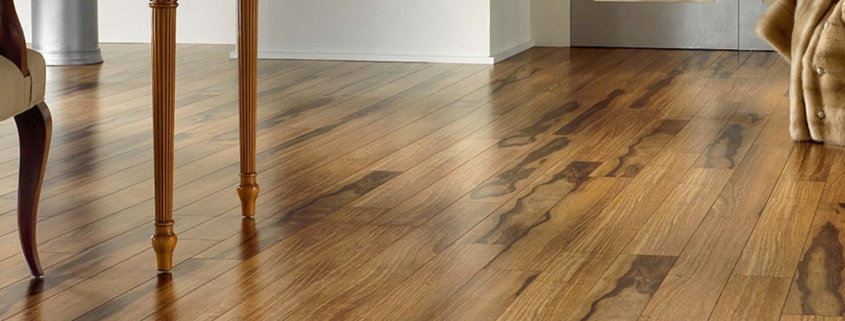

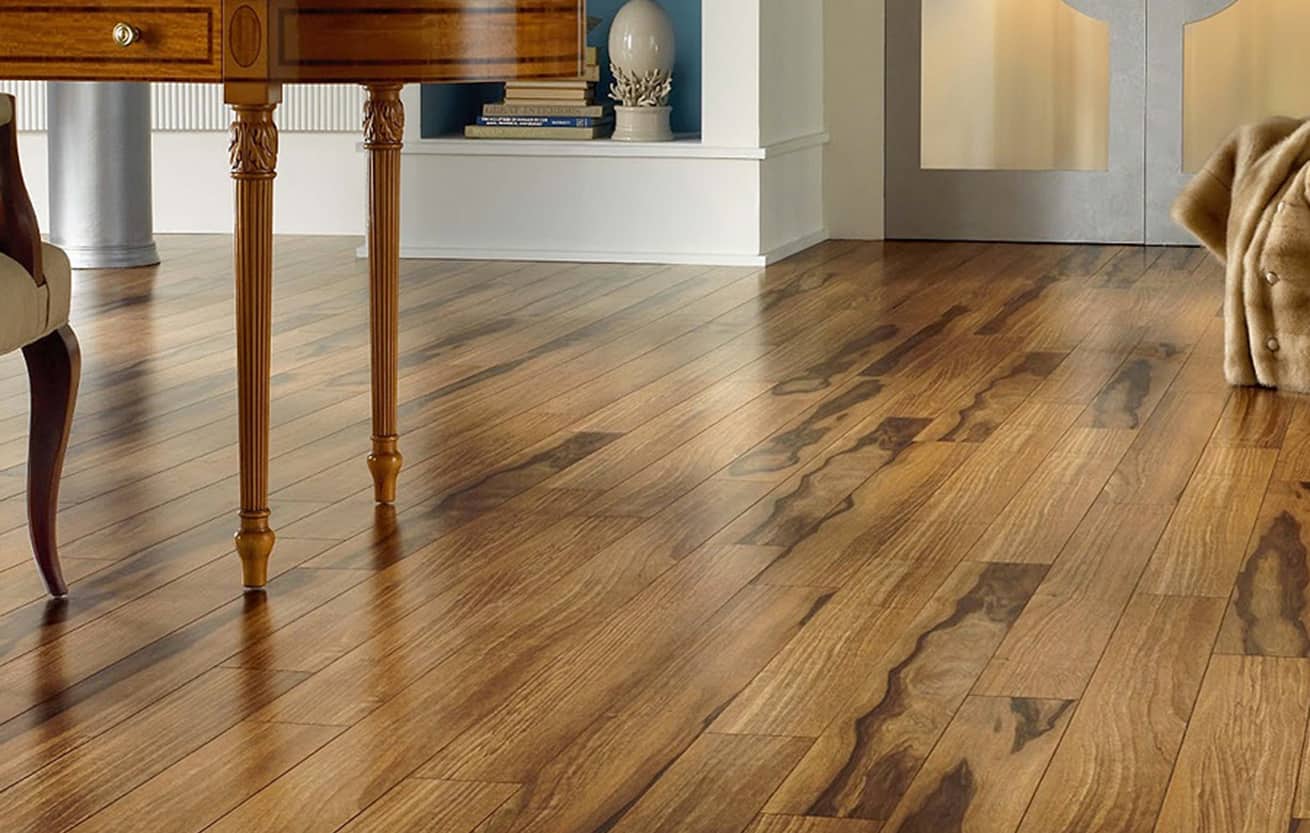





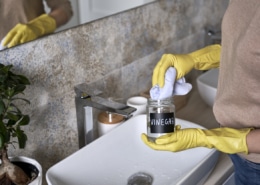
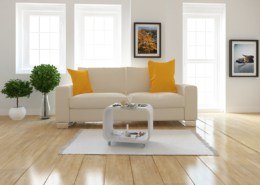
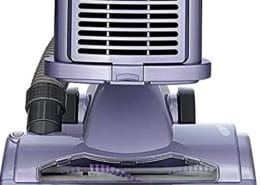
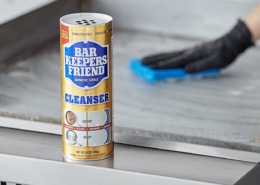
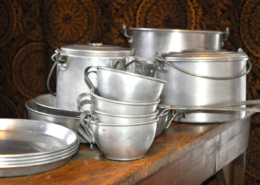
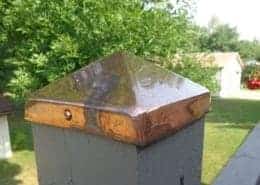
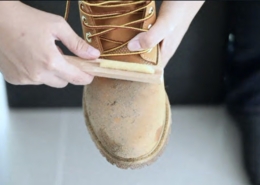
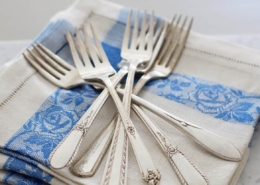
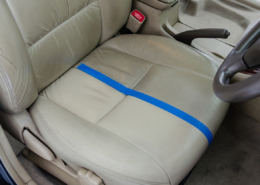


Your fix for rust stains includes 1/2 lemon. I have a big bottle of lemon juice that I’d like to use up. Can this be used instead & how much to use?
That should be a reasonable substitute. While the exact amount of juice in half a lemon will vary by the size of the lemon, it is a well-known industry fact that half a lemon will give approximately 1.5 tablespoons of lemon juice. Give that a try and let us know your results!
I’m confused. I thought vinegar was a no no on luxury vinyl or any vinyl flooring. Doesn’t vinegar dull it?
A weak dilution (1 cup vinegar to 1 gallon water), when used to clean and then wiped dry, is what recommended by LVP experts. Because it is so weak and not left on in puddles or to air dry, they say this will not harm the finish.
I spilt paint (water based( on my black “leather” car seat. I scrubbed as much of it off (in the Home Depot parking lot)) with water and paper towels but there is a grey residual still there. Any ideas how I can get that out. It’s a seats have a bit of a texture which makes it hard. Thanks
You need to use Lacquer Thinner (not paint thinner, not mineral spirits). AND test this in an inconspicuous place. Lacquer Thinner softens and melts latex (water based) paint on anything including carpet. It will remove latex paint that’s been on a surface for years. Use a soft clean white cloth to apply and then blot/scrub. Should work very well … but please test this first so you know exactly how lacquer thinner reacts.
Husband says there is hardwood under the living room carpet. I know it would need to be cleaned and sanded, but is the hardwood they used in the early 70’s hard to maintain? Would it be better to install one of the new hardwood products over it?
That would be hard to say without knowing more. If it’s solid hardwood, you have a good chance of refinishing and restoring. If it is engineered hardwood, probably not as it would have thin layer of hardwood atop a laminated core. I suggest pulling up the carpet in a closet or other inconspicuous place to find out exactly what you have.
What in the world is a good mop. I have ceramic tile and am tired of streaks, dirt marks,
not rinsing clean, ahhhhhhhh
This is the good mop I swear by. It’s not a string mop, not a sponge mop. O-Cedar Microfiber Spray Mop. If this leaves streaks you need to reconsider your cleaning liquid. Learn more in this post: The Best Players For Your Spring Clean A-Team
Old water stains and grime on old shower doors……clean doors then
Spread with a paper towel soaked in baby oil!!!! I have a lavender scented baby oil but any baby oil works great. The glass will look great and stays nice for awhile!!